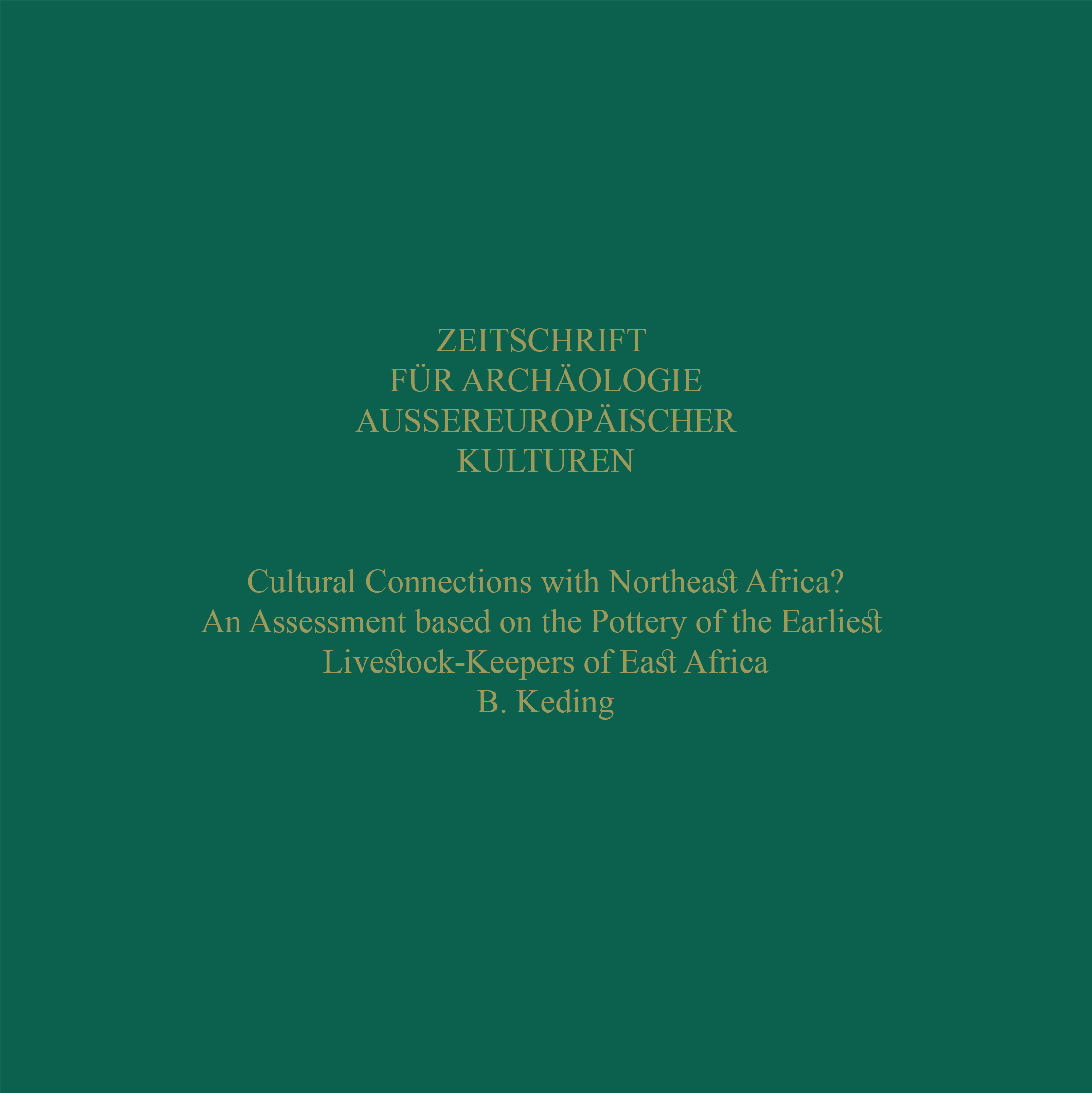Cultural Connections with Northeast Africa?
An Assessment based on the Pottery of the Earliest Livestock-Keepers of East Africa
https://doi.org/10.34780/6cpq-ffdf
Résumé
Origin(s) and processes of the transition to herding in East Africa are still unclear. The Lake Turkana Basin, situated in northern Kenya in the east Rift Valley, is seen as the “incubator” of the Pastoral Neolithic of East Africa. Earliest fi nds of domesticated animals including sheep/goat and cattle appear here around 4100 bp, together with new types of pottery and probably new mortuary customs. At that time pastoral societies were already well established in Northeast Africa. In order to analyze the transition to herding in East Africa and probable cultural infl uences from Northeast African pastoral archaeological groups on Lake Turkana’s fi rst livestock-keepers, the pottery of the Koobi Fora and Ileret regions in the Turkana Basin was reassessed in detail and compared with various pottery sequences in the Nubian and Sudanese Nile Valley, the southern eastern Sahara, the Butana, southern Sudan and Ethiopia. The analyses reveal fi rstly, that pastoralists with Nubian affi liations, especially of the A-Group, must have played an important role in the spread of domestic animals to the Turkana Basin in East Africa: this process went hand in hand with the distribution of special types of pottery, such as rippled and/or red-slipped pottery. Secondly, the early livestock keeping communities in the Turkana basin show also an autochthonous development, which is reflected in the pottery by a proportion of decorations that have no counterpart in Northeast African pottery. Altogether, long-lasting small-scale migrations from Nubian incomers and merging processes with indigenous people probably shaped the transition to early pastoral communities in the Turkana basin.
The article will be available as a PDF in the near future.
Mots-clés :
Early Pastoral Neolithic, East Africa, Kenya, Lake Turkana, pottery, Nubian A-Group, Ileret pottery, Nderit pottery




